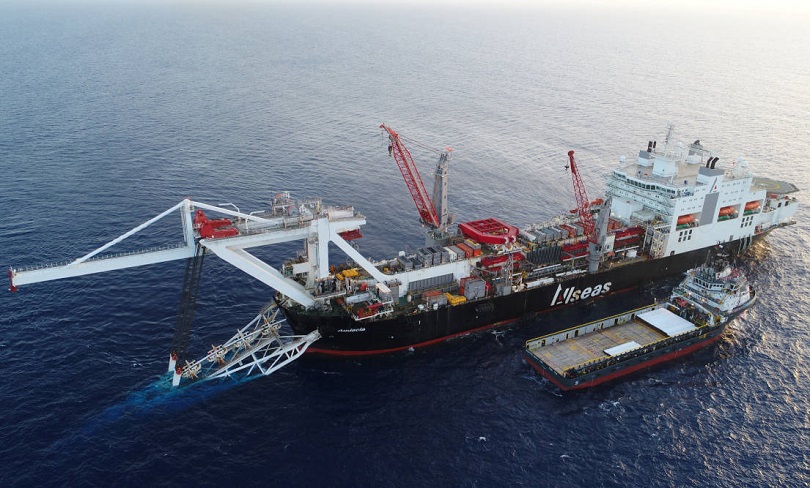In the offshore construction and subsea oil and gas exploration, pipe lay vessels play a crucial role in installation of underwater pipes on the seabed.
These specialized vessels are designed to efficiently and safely lay pipes on the seabed, enabling the transport of various resources like oil, gas, and even electricity.
In this edition we will delve into what a pipe lay vessel is, its purpose, and the main components that facilitates its operations and making from this marvels of technology one of the most important element of Oil and gas industry.
What is a Pipe Lay Vessel?
A pipe lay vessel is a large, purpose-built ship equipped with advanced machinery and technology designed to lay and install underwater pipelines on the ocean floor.
These pipelines serve as conduits for various substances, including oil, gas, water, and even communication cables.
Pipe lay vessels, are integral to the offshore energy sector, providing a means to connect underwater production facilities with onshore processing facilities, allowing the transportation of resources over long distances.
Purpose and usage of the Pipe Lay Vessel
The primary purpose of a pipe lay vessel is to efficiently and accurately lay pipes on the seabed. This involves connecting pipes together to form a continuous pipe line, often over vast distances and varying seabed conditions.
Pipe lay vessels are essentials for the construction of the offshore oil and gas fields, as well as for various infrastructure projects such as underwater power transitions cables and telecommunication lines.
Key Components of a Pipe Lay Vessel
1. Pipe Tensioners: These are hydraulic systems designed to apply tension to the pipe as being laid. The tension ensures that the pipe remains straight and properly aligned during installation. It prevents the pipes from buckling or bending under their own weight as they are lowered into the water.

2. Stinger: The stinger is a curved structure, located at the aft of the vessel. The stinger can have different sizes depending from of vessel to the other. The main role of the stinger is to guide the pipe as it is being lowered into the water, helping to control the angle and curvature of the pipeline as its descends to the seabed. This components is crucial for maintaining the desired alignment of the pipe line.

3. The Firing Line: Is the hart of the pipe lay vessels. Here in the firing line are located the welding stations, the NDT stations, the field joint coating stations. The pipe is loaded into the firing line starting with the preparation station (beveling operation) located at the bow of the vessels (in most of the cases) and laid into the water at the aft side of the vessel by the stinger.
The firing line is running along the longitudinal centerline of the vessel.

4. Pipe Bumper Station: In order to facilitate the production process the pipe lay vessels are provided as well with designated area on the main deck, for pipe storage, called the pipe bumper station. The pipe is supplied to the vessel by Offshore Supply Vessels or Cargo Barges, which are coming alongside the pipe lay vessel, and from where this pipes are loaded onboard of the layer by the use cranes.
The pipe lay vessels, are a dynamic workplace, where hundreds of crew personnel (some vessels reach even 700 persons onboard) are engaged in the daily operations. Health and safety onboard of the pipe lay vessels is paramount and all personnel engaged must follow strictly all the procedural steps.
For more details on the offshore construction sector see as well our article for the pipe laying process.
